services
Transcription

Transcription services serve as a fundamental pillar within the translation industry, providing essential support for converting spoken language into written form. This crucial service bridges the gap between audio or video content and its textual representation, enabling efficient translation and accessibility for a wide range of purposes.
Transcription involves accurately capturing spoken dialogue, interviews, meetings, presentations, and other audiovisual content and converting it into written text. This process requires careful attention to detail, linguistic proficiency, and specialized knowledge to accurately transcribe diverse accents, dialects, and technical terminology.
By offering high-quality transcription services, translation agencies and professionals contribute to enhancing accessibility, documentation, and communication across languages and cultures. In an increasingly interconnected world, where effective communication is essential for success, transcription services play a vital role in breaking down language barriers and facilitating meaningful exchange.
Frequently Asked Questions:
What are Transcription Services?
Transcription services involve the conversion of spoken language into written text. This process is typically used to create written records of audio or video content, making it accessible, searchable, and easier to analyze.
Transcription services find widespread application across diverse industries and serve various purposes, often preceding the translation process.
Our capabilities extend to transcribing your audio content, followed by translation into over 160 languages. Additionally, we offer the inclusion of time codes in your transcription. Timecodes also referred to as timestamps, are strategically inserted at intervals within the transcript, serving as markers to indicate the corresponding location in a video or audio file. Here are some common use cases for transcription services:
- Media Production: Transcription is crucial in the media and entertainment industry for creating subtitles, captions, and scripts. It helps make audio and video content accessible to a broader audience.
- Market Research: Researchers often transcribe interviews, focus groups, or survey responses to analyze and extract insights from qualitative data.
- Legal Proceedings: Transcription is used in legal settings to create written records of court proceedings, depositions, and other legal conversations.
- Medical Transcription: In healthcare, transcriptions are created for medical dictations, patient records, and other medical documentation.
- Business Meetings: Transcriptions of business meetings and conferences can be valuable for reference, documentation, and ensuring that important points are not overlooked.
- Academic Research: Transcription services are employed in academia to transcribe interviews, lectures, or research-related discussions.
- Podcasting: Podcasters often use transcription services to create written versions of their audio content for SEO purposes, accessibility, and to reach a broader audience.
- Market Expansion: Reach a wider audience by translating materials for different regions.
- Cultural Relevance: Consider cultural nuances for effective communication.
- Legal Compliance: Adhere to local language requirements and reduce legal risks.
- Building Trust: Communicate clearly to build trust with clients, partners, and customers.
- Effective Communication: Avoid misunderstandings and conflicts with accurate translation.
- Global Marketing: Tailor messages for cultural contexts to enhance marketing effectiveness.
- International Collaboration: Smooth communication fosters collaboration with global partners.
- Competitive Edge: Gain a competitive advantage by accessing diverse markets.
- Brand Consistency: Maintain consistent brand messaging across different languages.
- Customer Satisfaction: Provide information and support in the native language for enhanced customer experience and loyalty.



